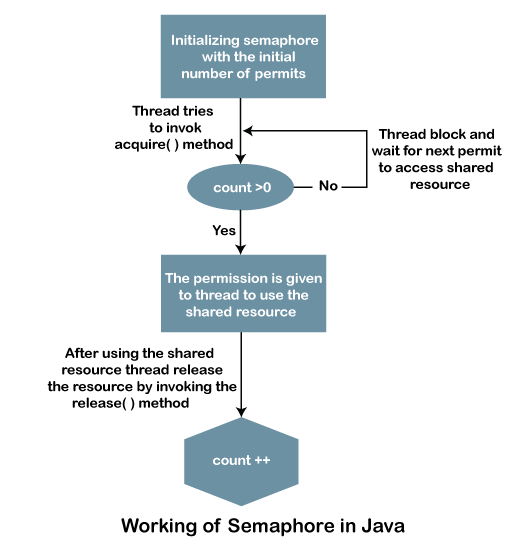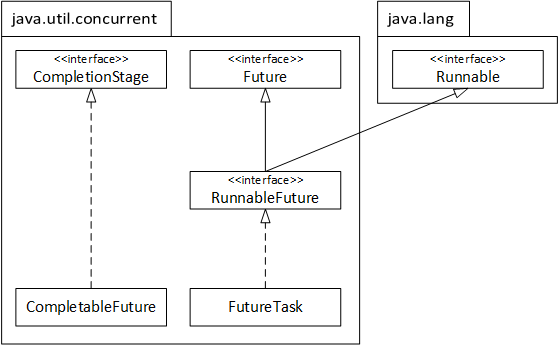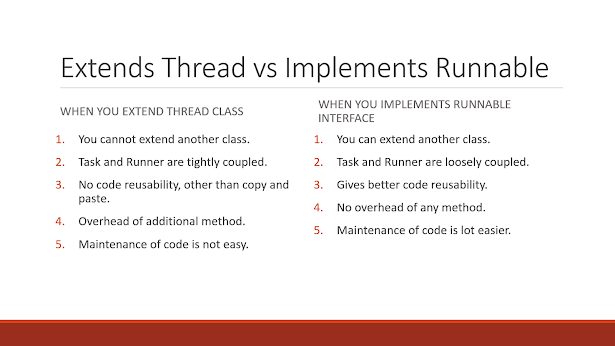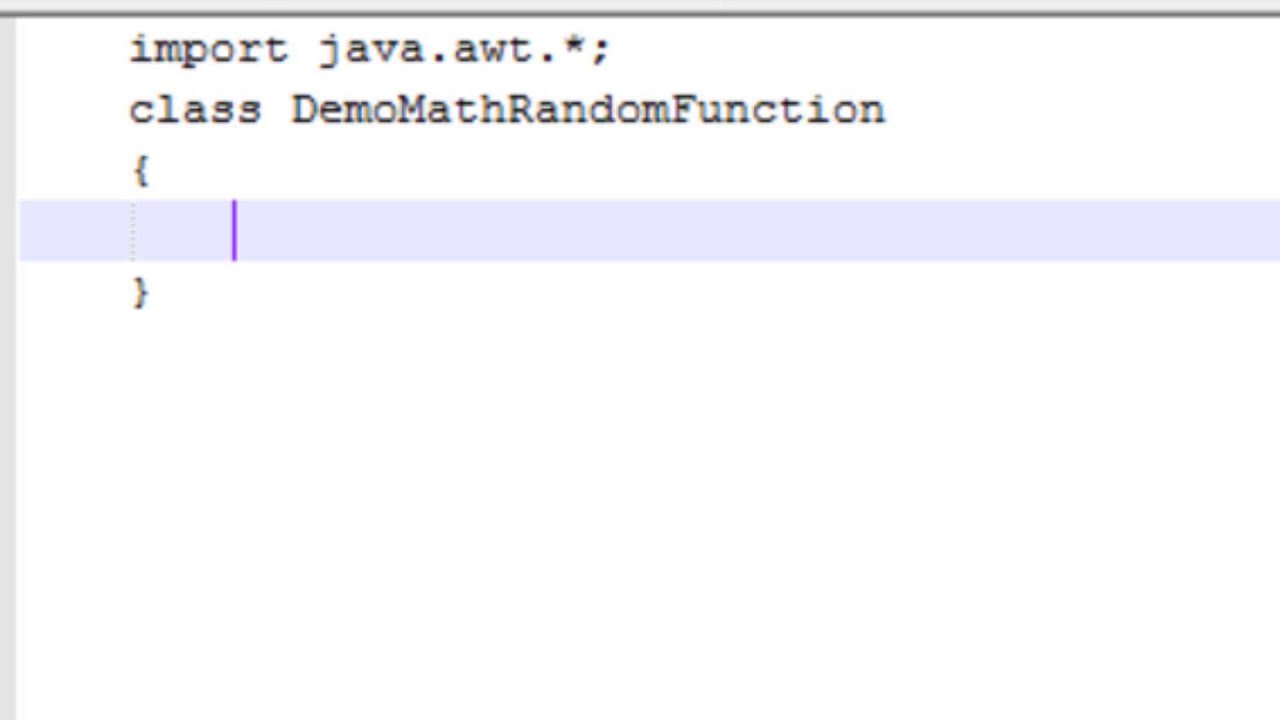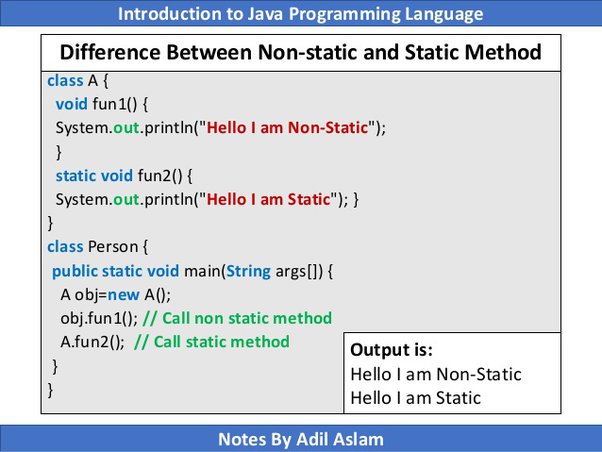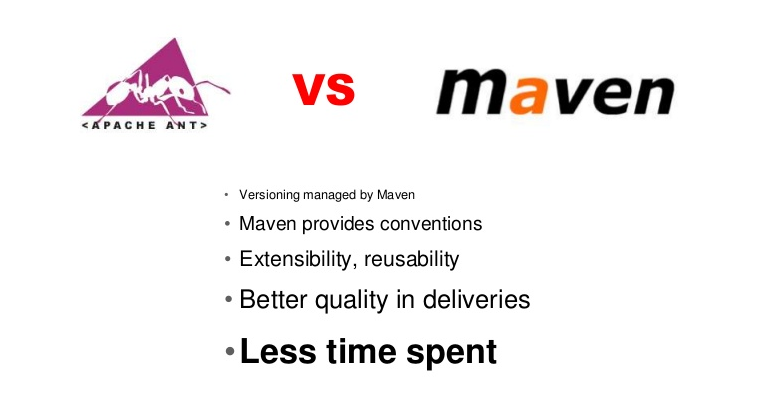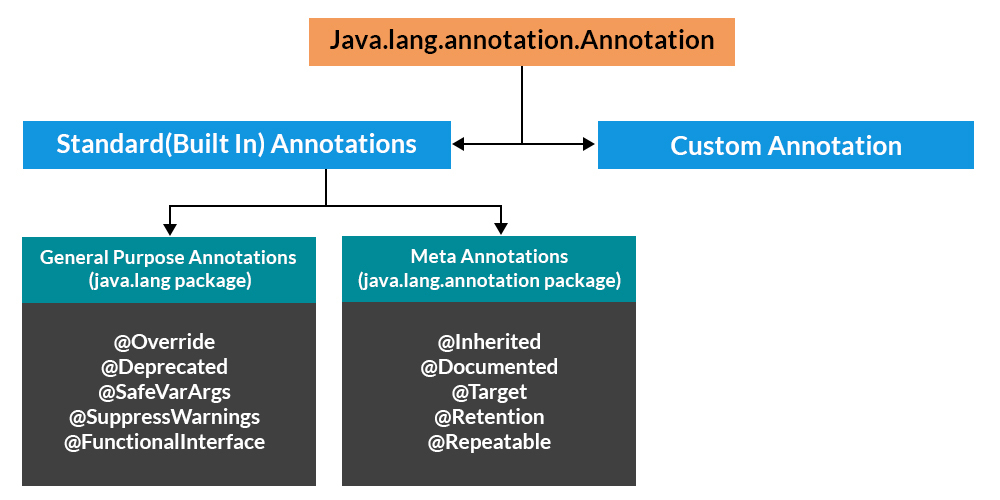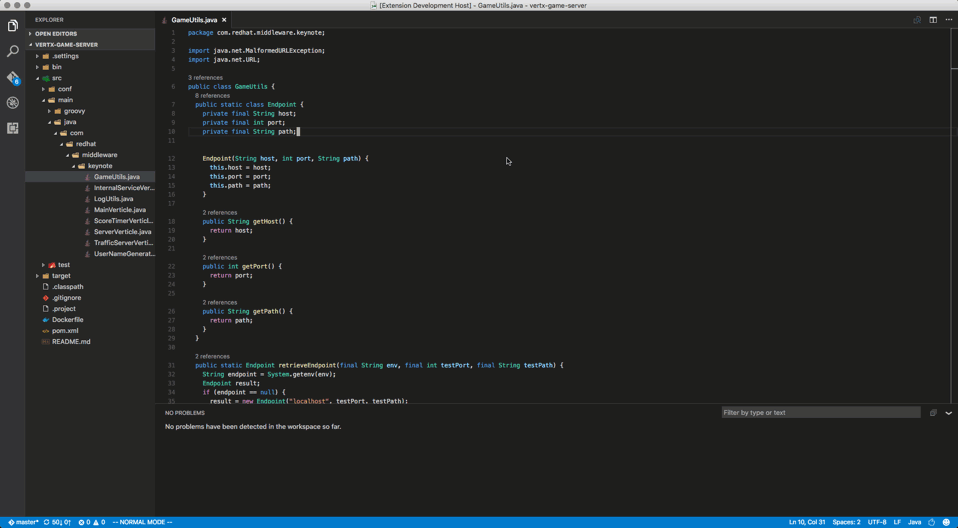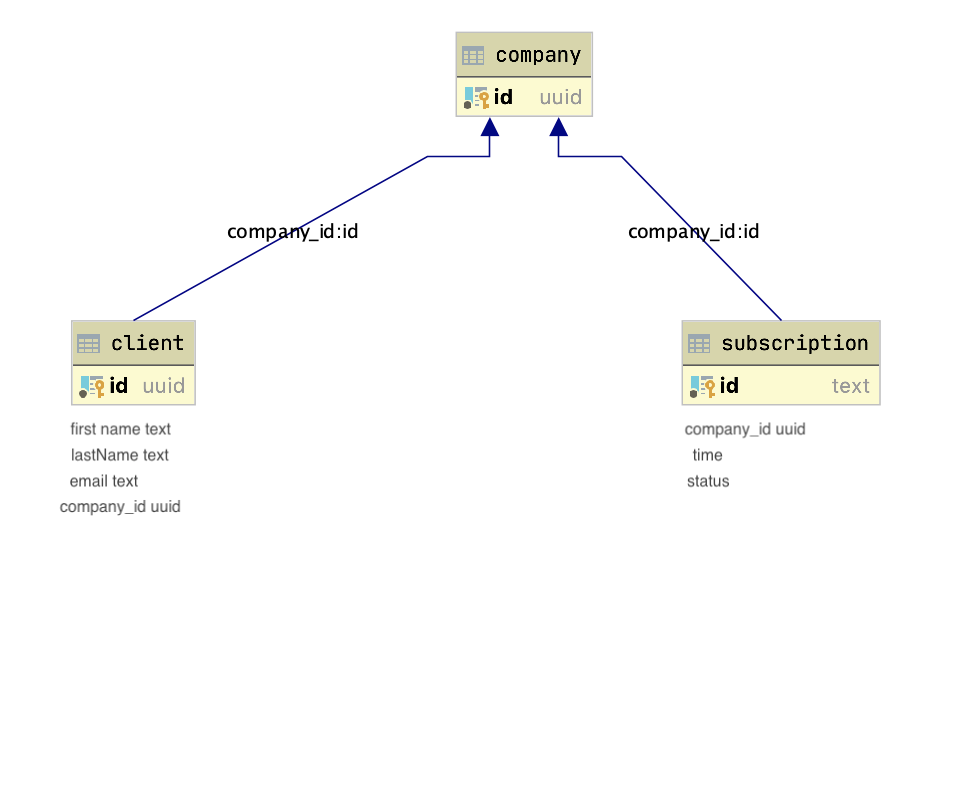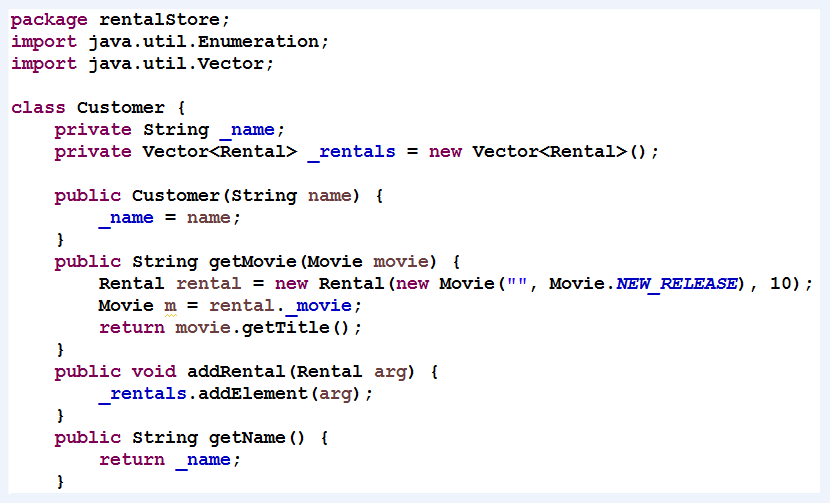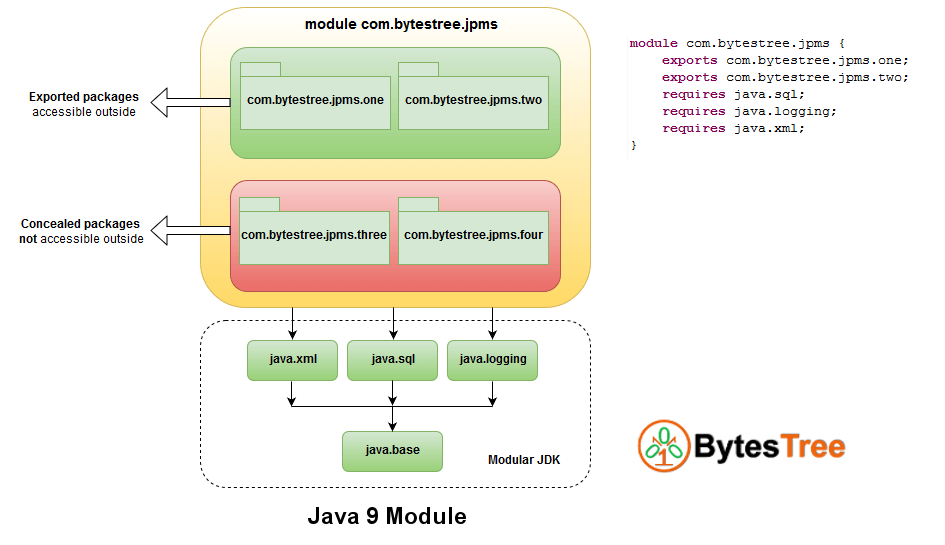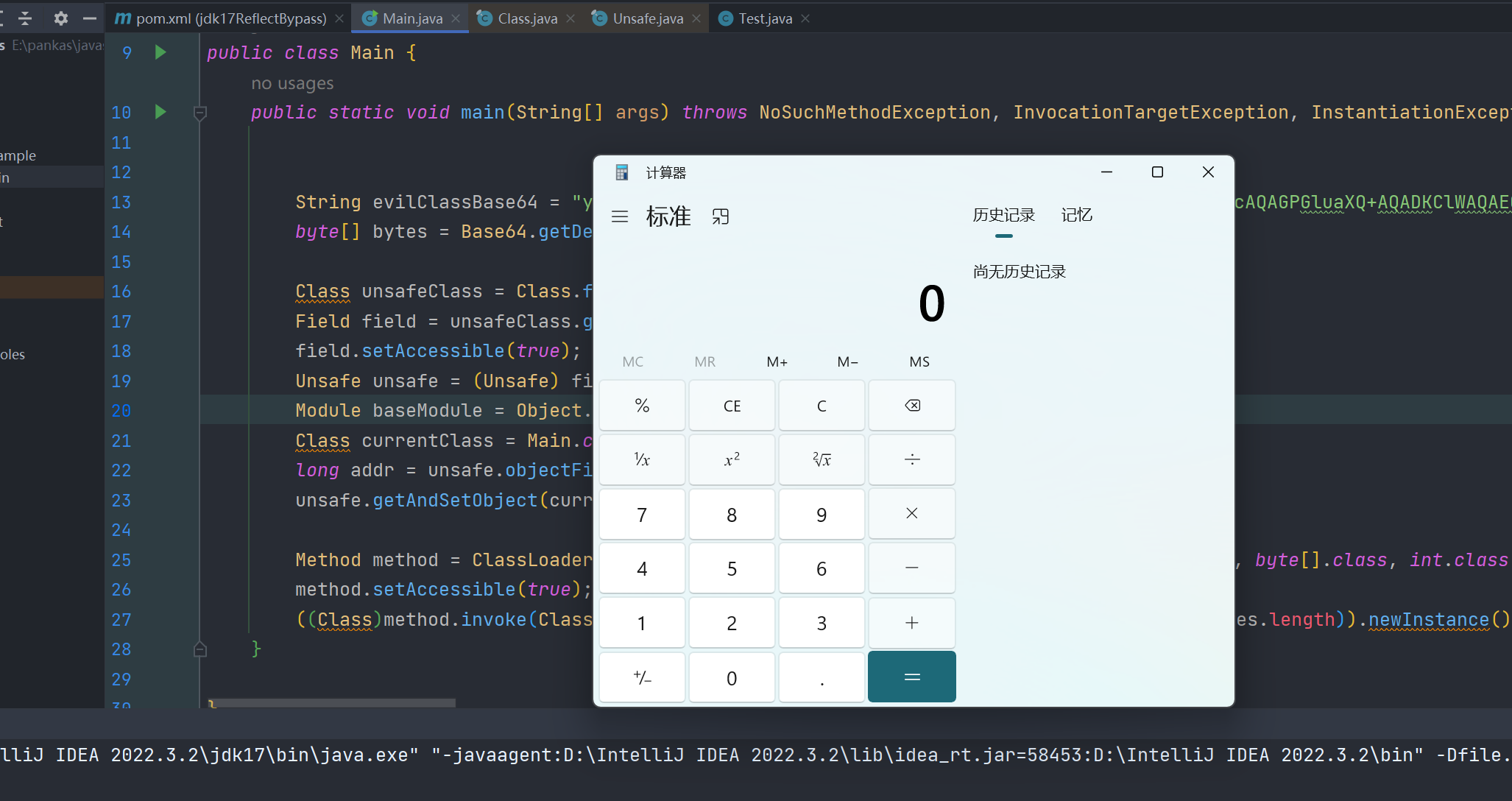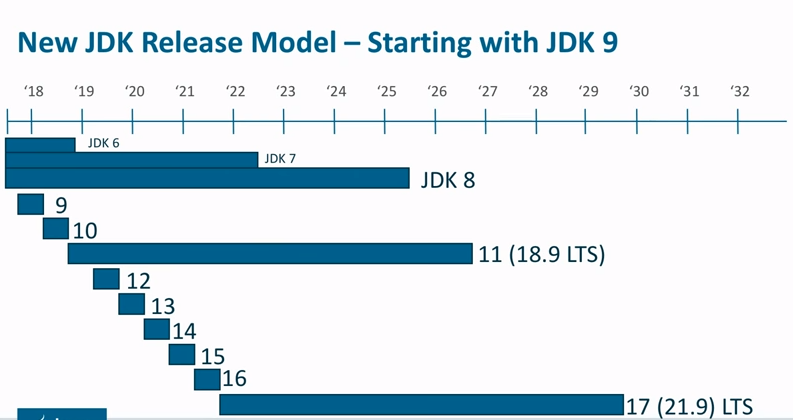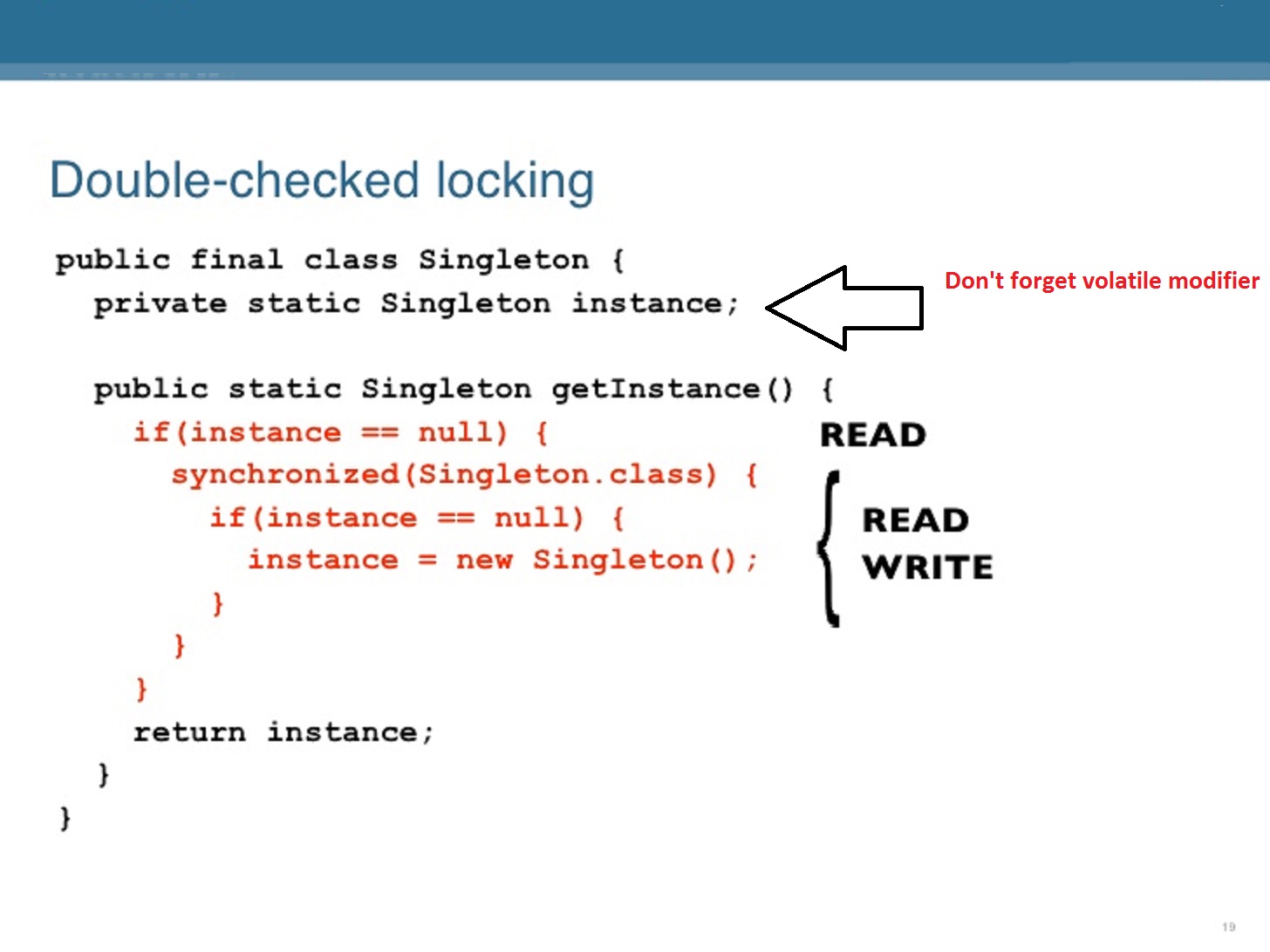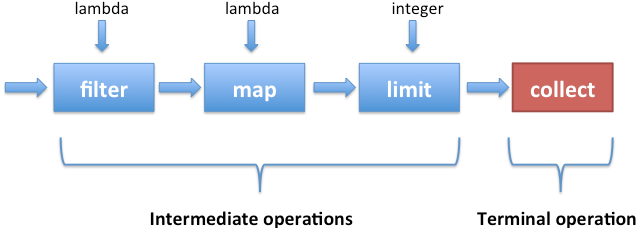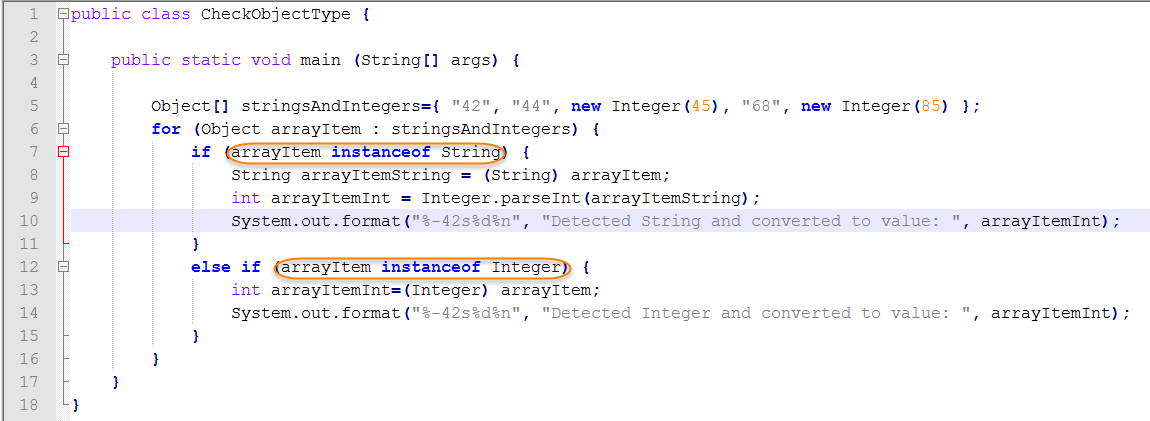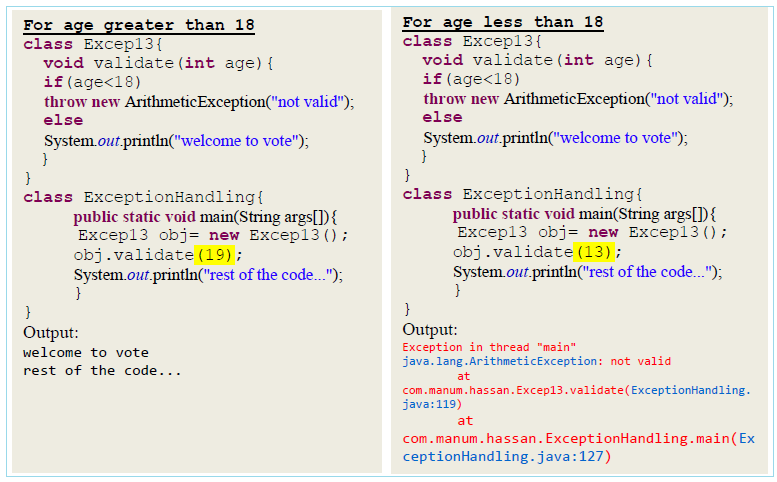How do you store objects in ArrayList in Java?
How do you store objects in ArrayList in Java?
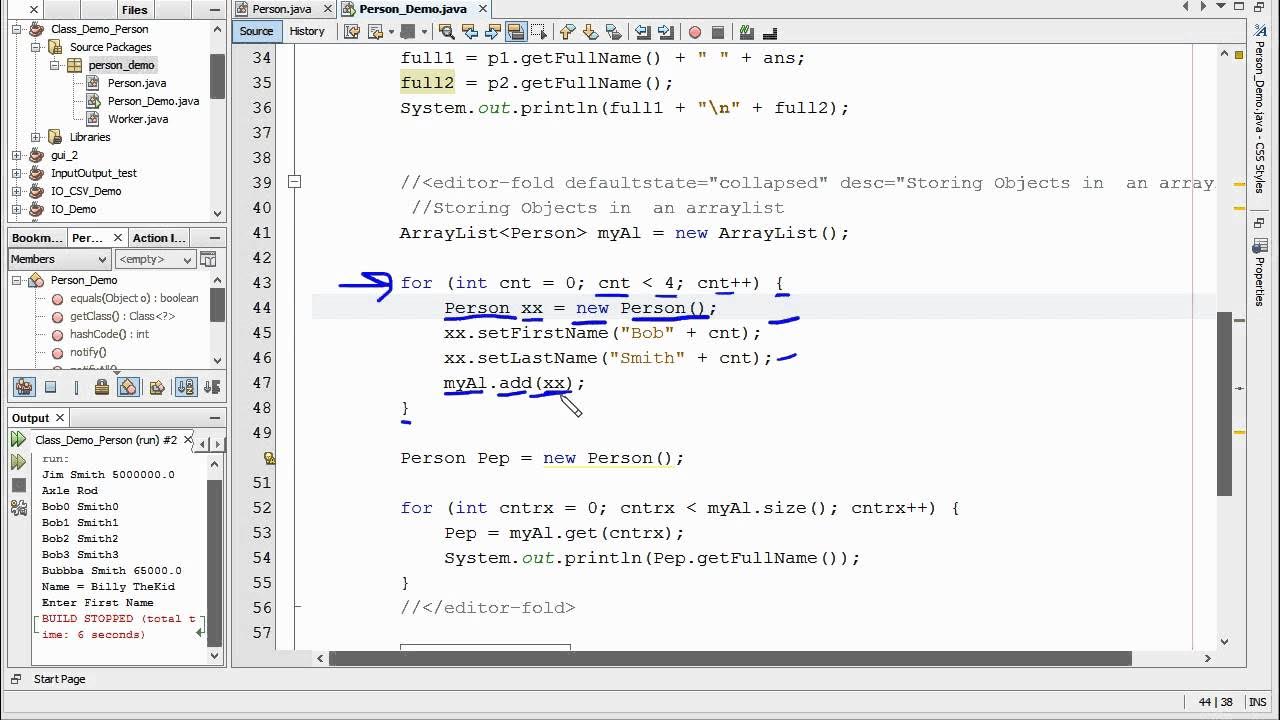
I'd be happy to explain how to store objects in an ArrayList in Java!
In Java, the ArrayList class is a part of the Java Collections Framework (JCF) and allows you to store objects in a dynamic array that can grow or shrink as elements are added or removed. Here's a step-by-step guide on how to use an ArrayList to store objects:
Creating an ArrayList
To start, you'll need to create an instance of the ArrayList class:
import java.util.ArrayList;
public class Main {
public static void main(String[] args) {
ArrayList myList = new ArrayList<>();
}
}
In this example, we're creating a generic ArrayList called myList that can store strings.
Adding Objects to the ArrayList
Now that we have an instance of the ArrayList, let's add some objects to it:
import java.util.ArrayList;
public class Main {
public static void main(String[] args) {
ArrayList myList = new ArrayList<>();
// Add objects to the array list
myList.add("Hello");
myList.add("World");
myList.add("Java");
System.out.println(myList); // prints [Hello, World, Java]
}
}
In this example, we're using the add() method to add three string objects to our ArrayList. The add() method is overloaded, so you can pass either a single object or an array of objects. If you pass a single object, it will be added to the end of the list.
Retrieving Objects from the ArrayList
To retrieve an object from the ArrayList, you can use the get() method:
import java.util.ArrayList;
public class Main {
public static void main(String[] args) {
ArrayList myList = new ArrayList<>();
// Add objects to the array list
myList.add("Hello");
myList.add("World");
myList.add("Java");
System.out.println(myList.get(0)); // prints Hello (first element)
System.out.println(myList.get(2)); // prints Java (third element)
}
}
The get() method returns the object at the specified index. Note that indexing starts from 0, so the first element is at index 0.
Removing Objects from the ArrayList
You can remove an object from the ArrayList using the remove() method:
import java.util.ArrayList;
public class Main {
public static void main(String[] args) {
ArrayList myList = new ArrayList<>();
// Add objects to the array list
myList.add("Hello");
myList.add("World");
myList.add("Java");
myList.remove("Hello"); // remove "Hello" from the list
System.out.println(myList); // prints [World, Java]
}
}
In this example, we're using the remove() method to remove the string "Hello" from our ArrayList. If the object is found in the list, it will be removed. If the object is not found, a NoSuchElementException will be thrown.
Other ArrayList Methods
The ArrayList class has many other useful methods that you can use to manipulate the objects in your list. Some of these methods include:
size(): Returns the number of elements in the list. isEmpty(): Returns a boolean indicating whether the list is empty or not. contains(Object o): Returns a boolean indicating whether the object is contained in the list. set(int index, Object obj): Sets the element at the specified index to the specified object.
I hope this helps! Let me know if you have any questions or need further clarification.
Sort ArrayList of objects in Java using Comparator
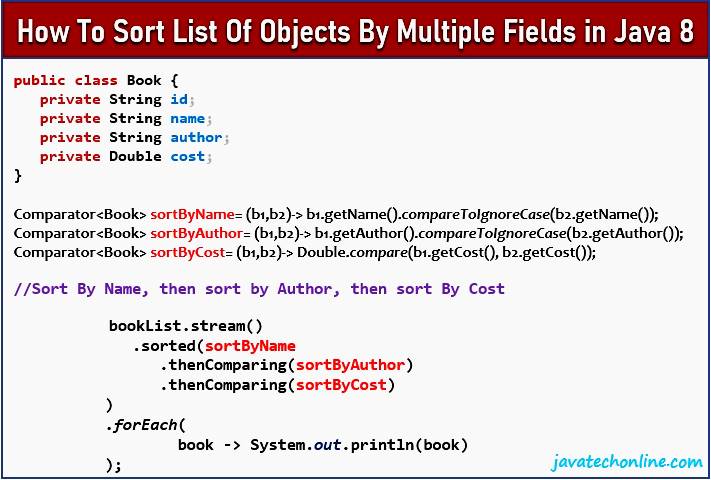
Here's a comprehensive explanation of how to sort an ArrayList of objects in Java using a Comparator:
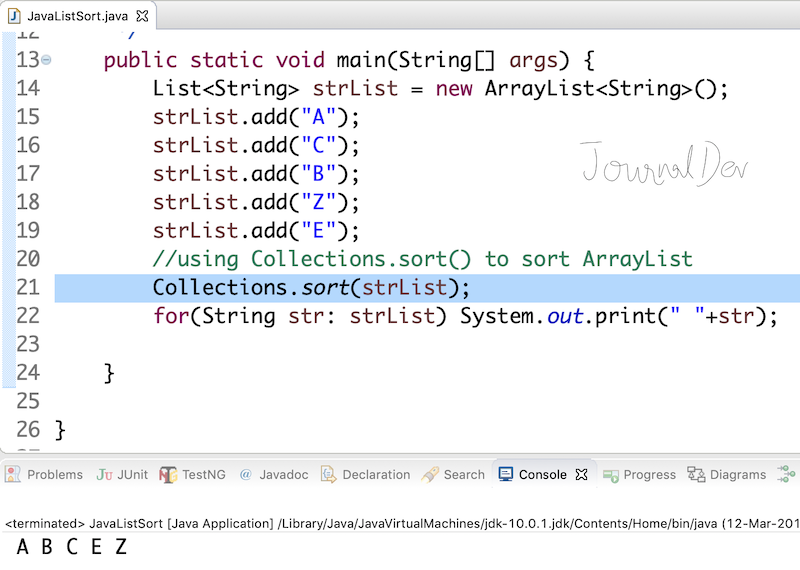
In Java, sorting is an essential part of programming. There are many ways to sort data in Java, including using the built-in sort methods provided by classes like Arrays and Collections. However, sometimes you may need to customize your sorting process based on specific requirements or criteria. That's where Comparators come in.
A Comparator is a class that defines how two objects can be compared for order. In other words, it specifies what makes one object "less than," "equal to," or "greater than" another object. You can create a custom Comparator by implementing the Comparable interface or extending the Comparator interface.

To use a Comparator with an ArrayList of objects in Java, you first need to define your Comparator class. Here's a basic example:
import java.util.Comparator;
public class PersonComparator implements Comparator {
@Override
public int compare(Person p1, Person p2) {
// For this example, let's say we want to sort based on the person's age
if (p1.getAge() < p2.getAge()) {
return -1;
} else if (p1.getAge().equals(p2.getAge())) {
return 0;
} else {
return 1;
}
}
}
In this example, our Comparator is comparing two Person objects based on their age. It returns a negative integer if the first person's age is less than the second person's age, zero if they are the same age, and a positive integer if the first person's age is greater than the second person's age.
Once you've defined your Comparator class, you can use it to sort an ArrayList of objects like this:
import java.util.ArrayList;
import java.util.Collections;
import java.util.Comparator;
public class Main {
public static void main(String[] args) {
// Create a list of Person objects
ArrayList people = new ArrayList<>();
people.add(new Person("John", 30));
people.add(new Person("Jane", 25));
people.add(new Person("Bob", 35));
// Create a custom Comparator for our Person objects
PersonComparator personComparator = new PersonComparator();
// Sort the list using our Comparator
Collections.sort(people, personComparator);
// Print out the sorted list
for (Person p : people) {
System.out.println(p.getName() + " - " + p.getAge());
}
}
}
In this example, we create a list of Person objects and then use our custom Comparator to sort that list. The output will be:
Jane - 25
John - 30
Bob - 35
As you can see, the list is sorted by age, with Jane being the youngest and Bob being the oldest.
This is just a basic example of how to use a Comparator in Java. You can customize your Comparator to suit your specific needs and requirements. For example, if you were sorting a list of people based on their names, you might want to make sure that uppercase letters come before lowercase letters, or vice versa.
In summary, using a Comparator is a powerful way to customize the sorting process in Java. By implementing your own Comparator class, you can define how objects should be compared and sorted based on specific criteria. This allows for more flexibility and control over the sorting process, which is especially useful when working with complex data structures or custom classes.

